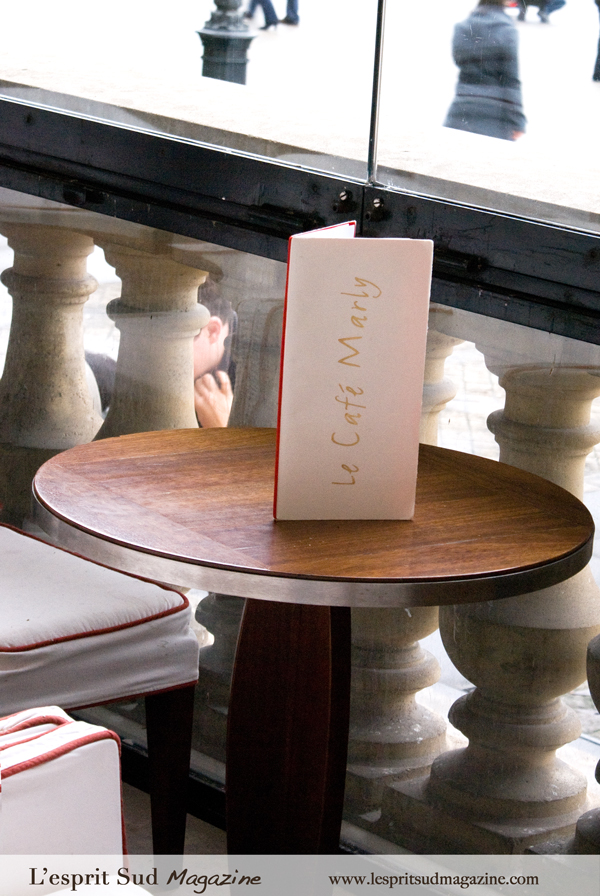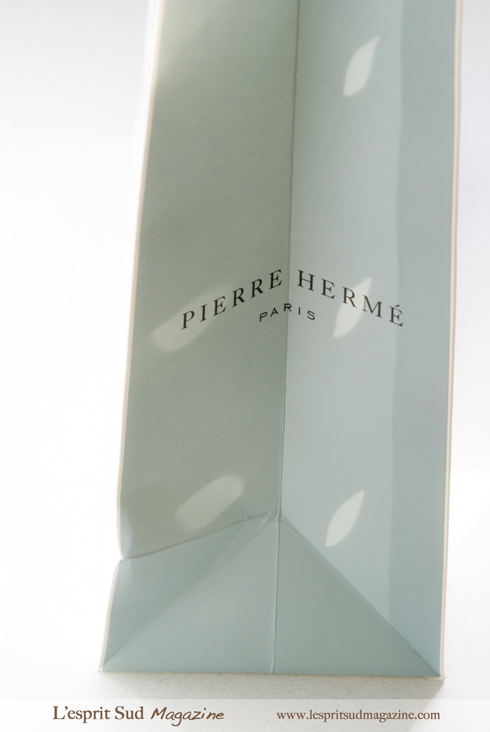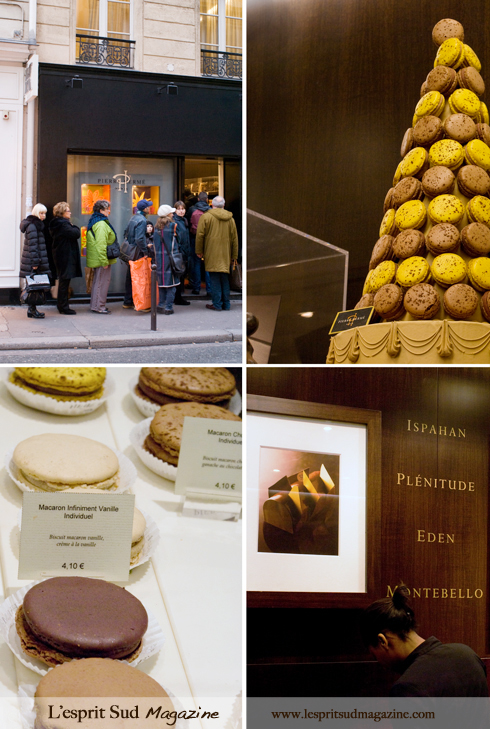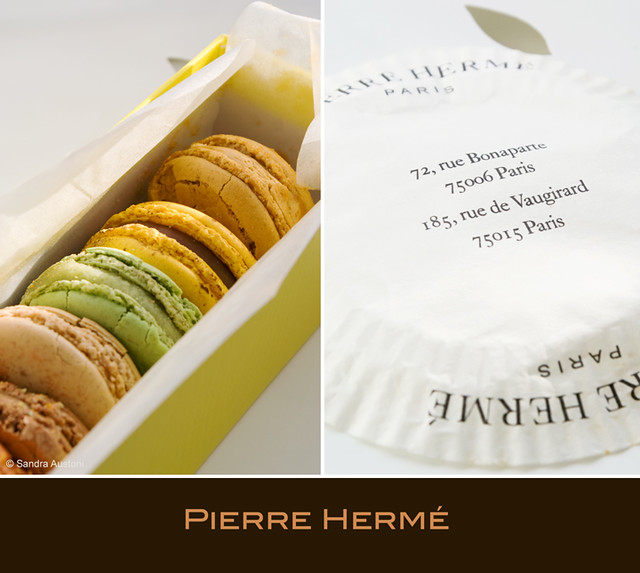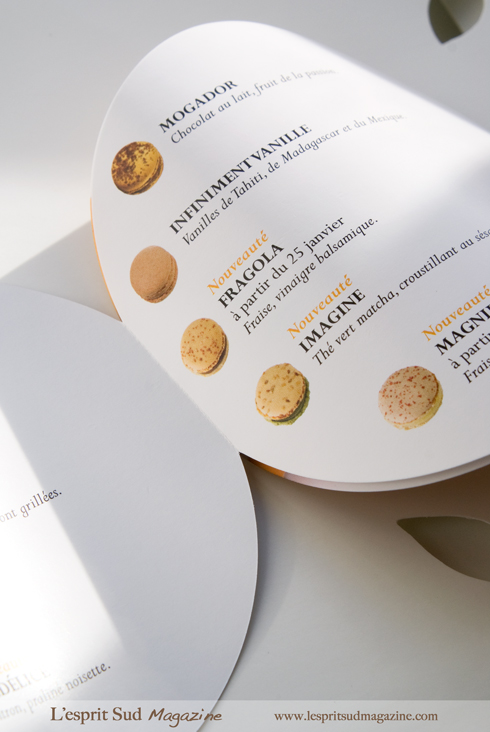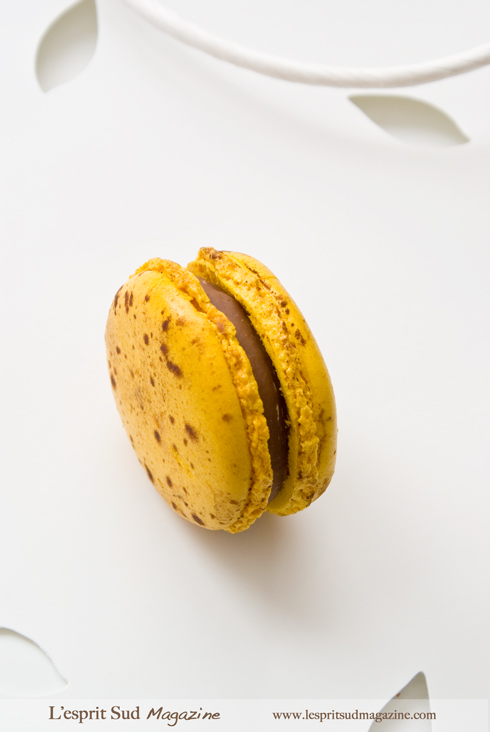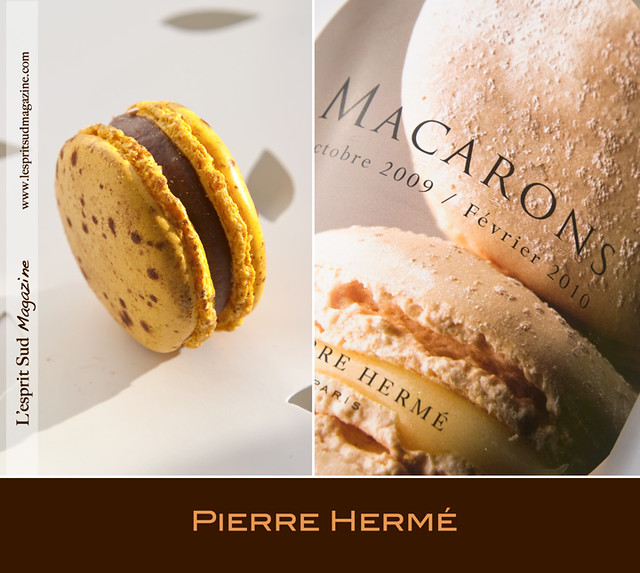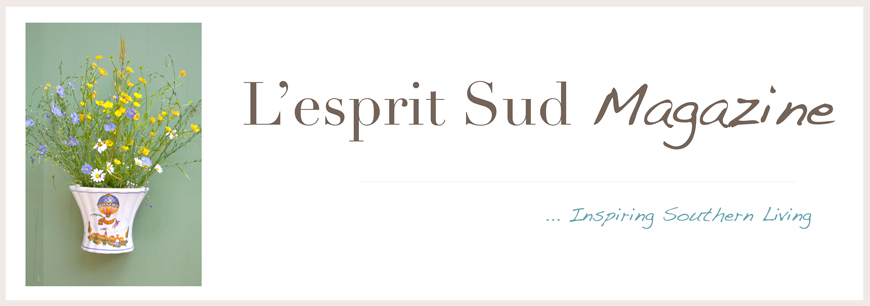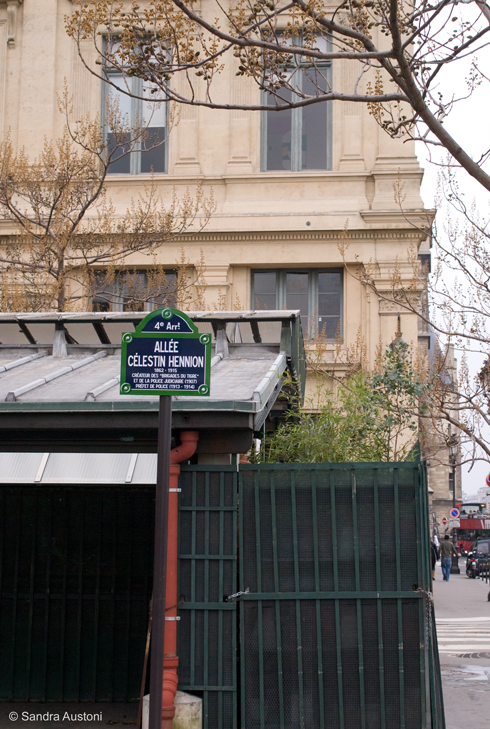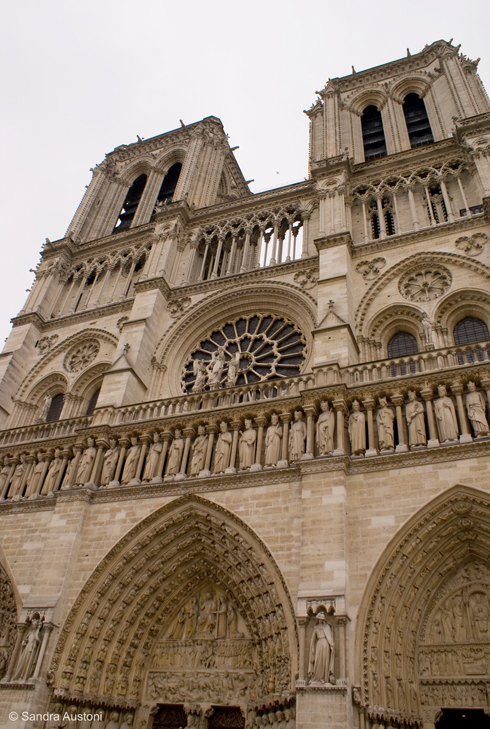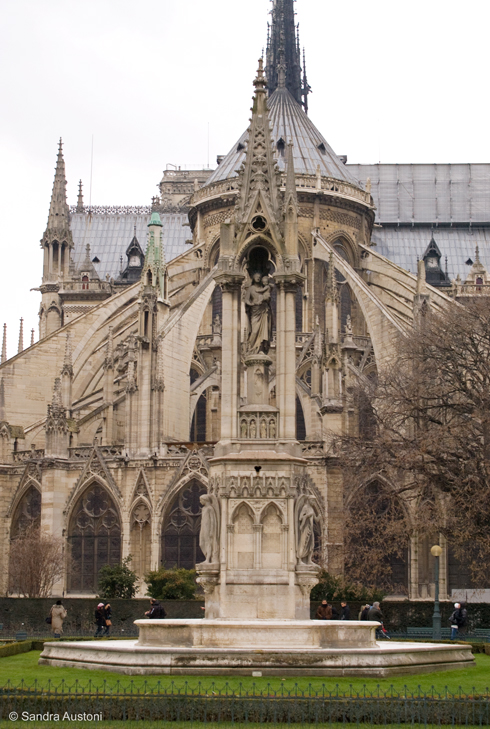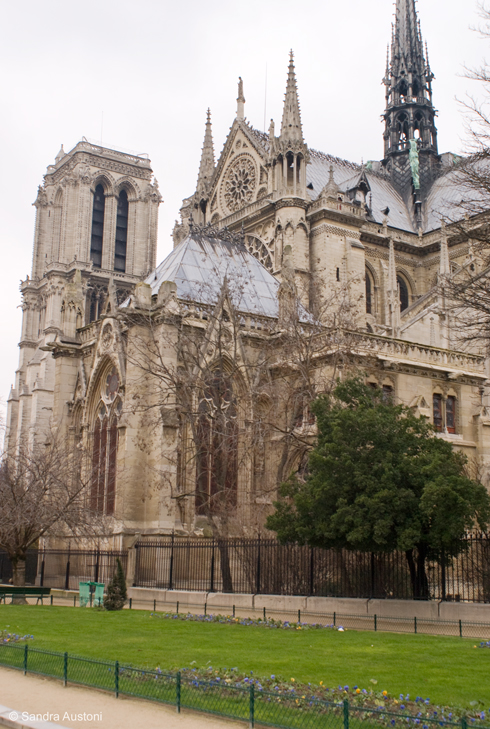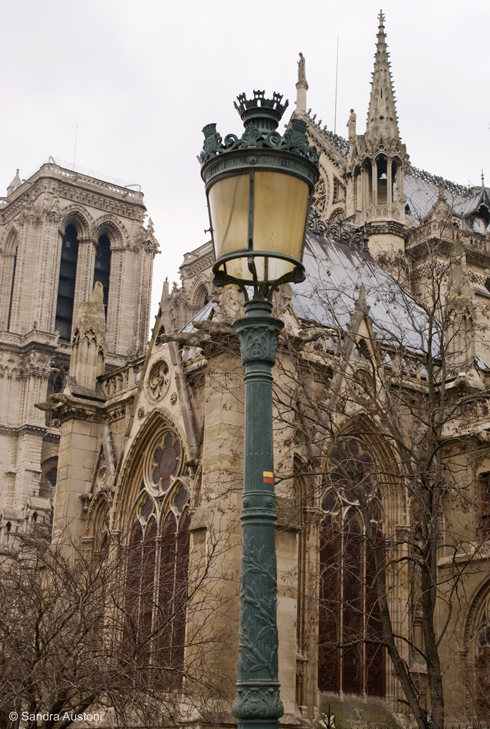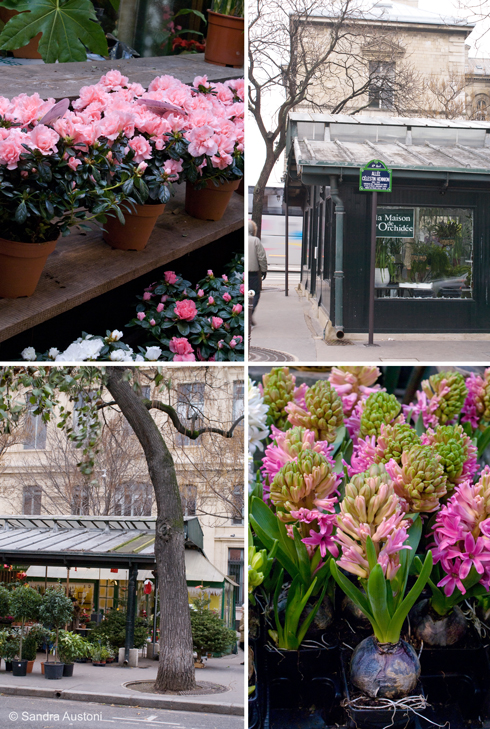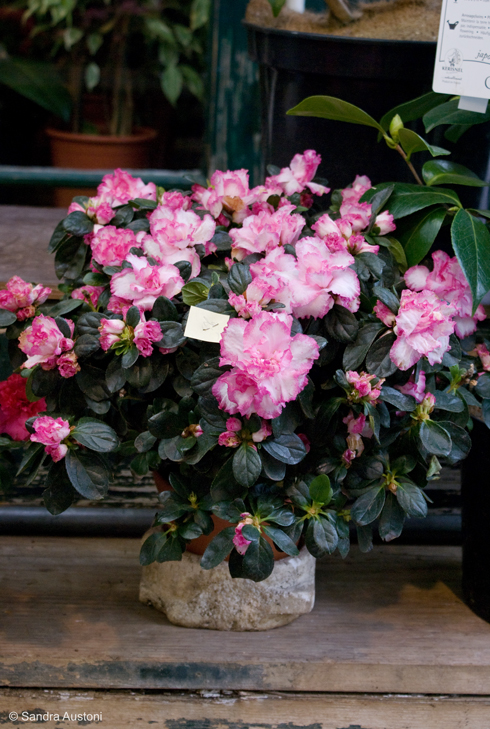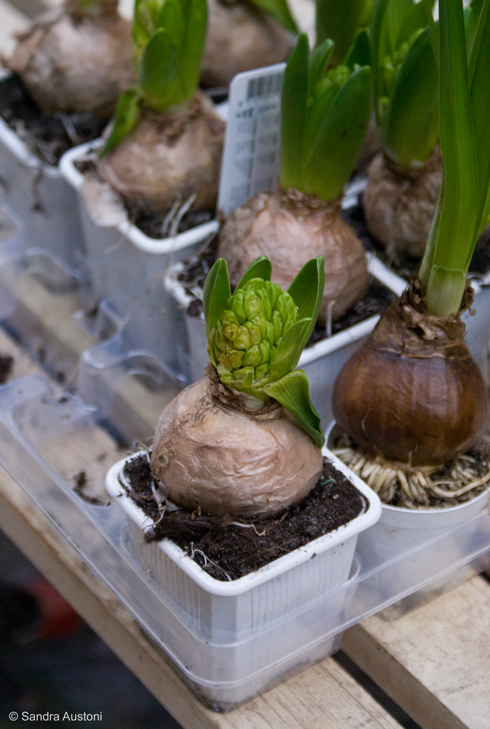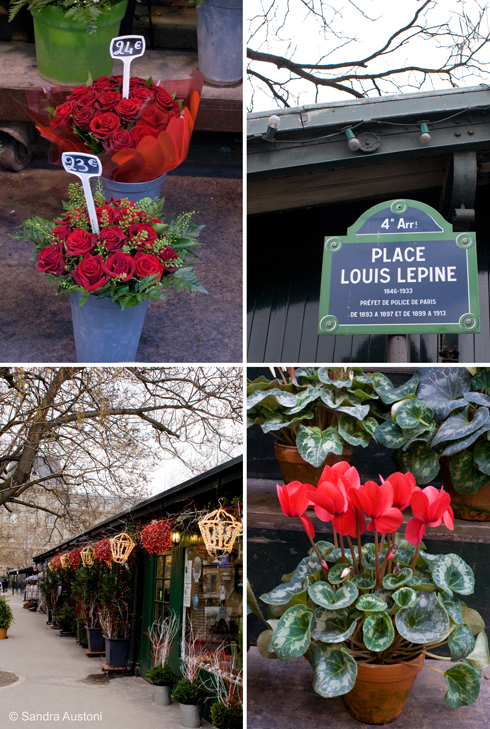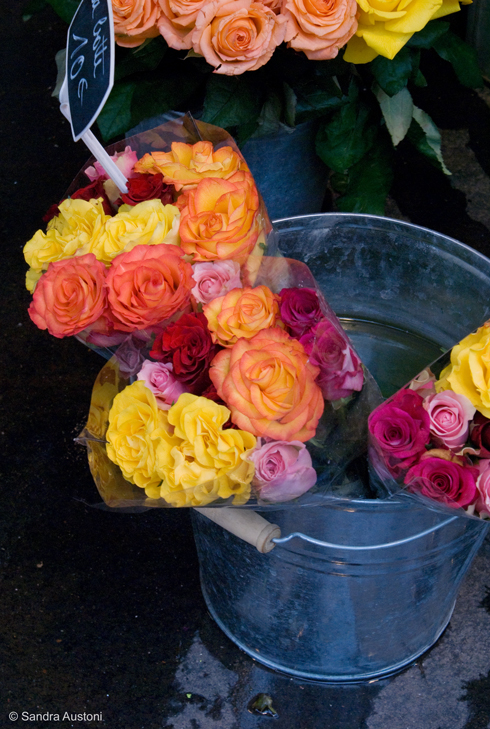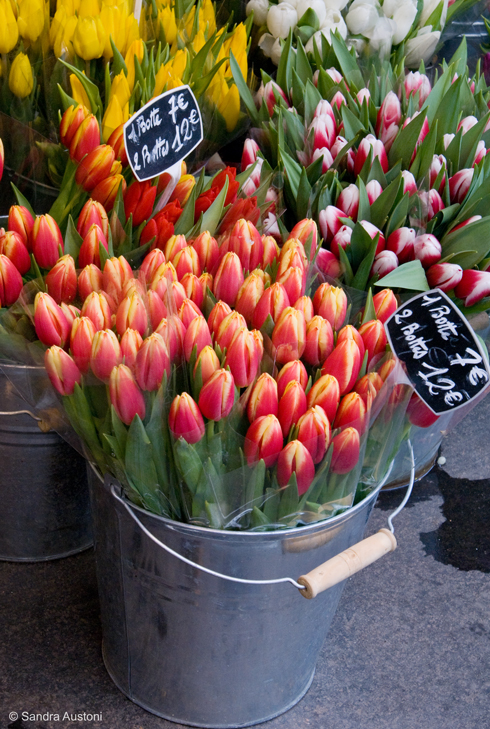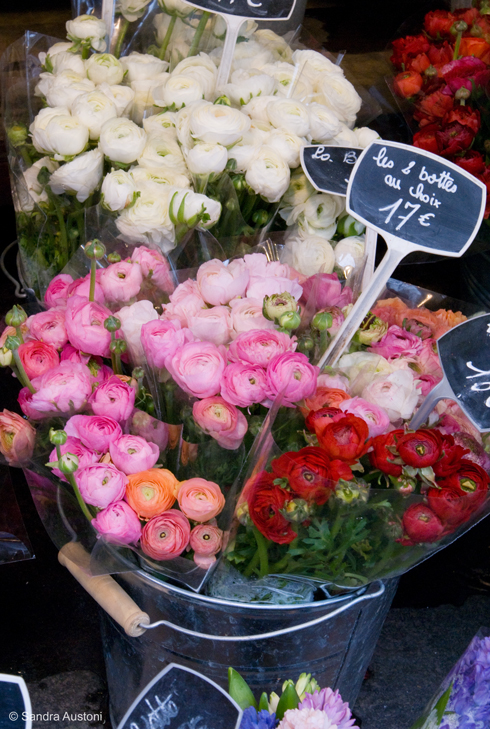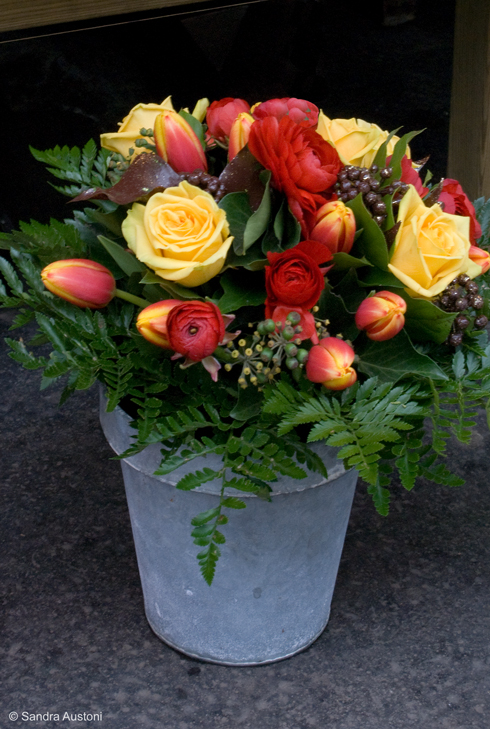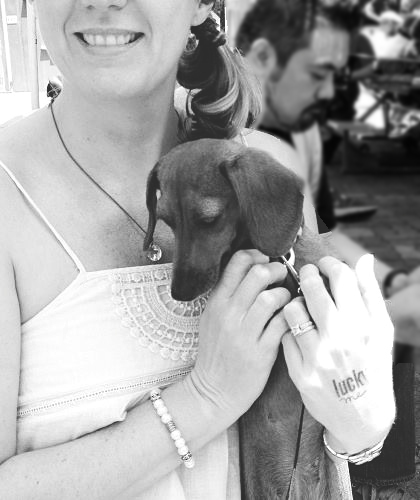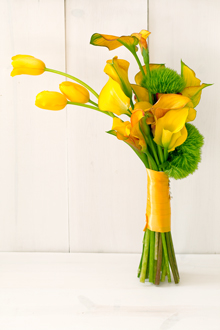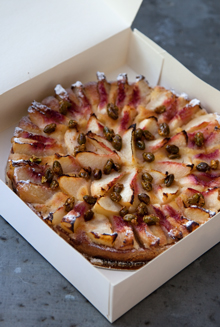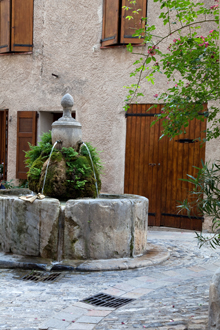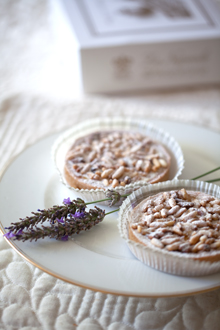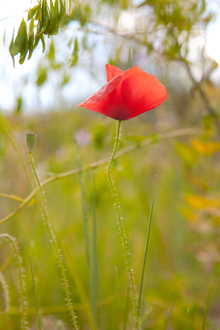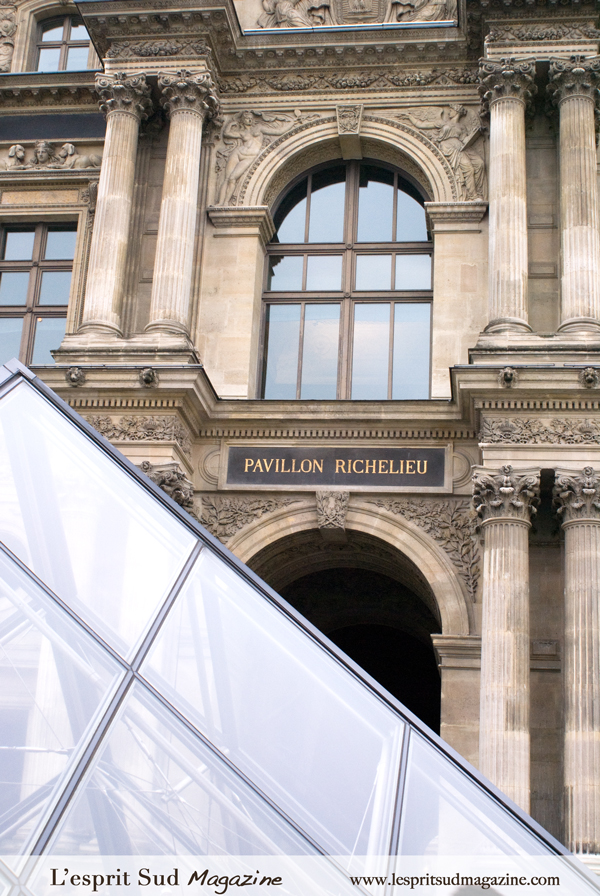
The Musée du Louvre is hard to miss in Paris. Located in the heart of the capital, the Louvre is the most visited museum of the world and the home of the famous Mona Lisa, The Raft of the Medusa, and Venus de Milos. With nearly 35,000 objects from prehistory to the 19th century spread over 60,600 square meters (652,300 square feet), one day is definitely not enough to visit one of the world’s largest museums.
Originally built as a fortress along the Seine River in the 12th century by King Philip II, the Palais du Louvre has evolved over the centuries to become a vast complex of wings and pavilions on four main levels. The many kings, emperors and more recently, presidents, that have participated in the construction and restoration of this marvelous palace have all leaved their marks. The result is a collection of different architectural styles including Renaissance, Classic, First and Second Empire, and more recently, contemporary. The very last and important addition to the museum is the large metal and glass pyramid that was commissioned in 1984 by the then President François Mitterand, and that is now used as the main entrance.
The gardens outside the Louvre are quite interesting too. The Tuileries and Carrousel gardens are the largest and oldest public park in Paris. Their official incorporation into the museum on January 1st 2005, reestablished the historic coherence of the vast royal palace and its ground. Indeed, the gardens have always been an integral part of the palace scheme created by the Kings of France. Walking down these parks and enjoying the many beautiful statues and sculptures presented on the grounds is definitely an integral part of the Louvre experience.
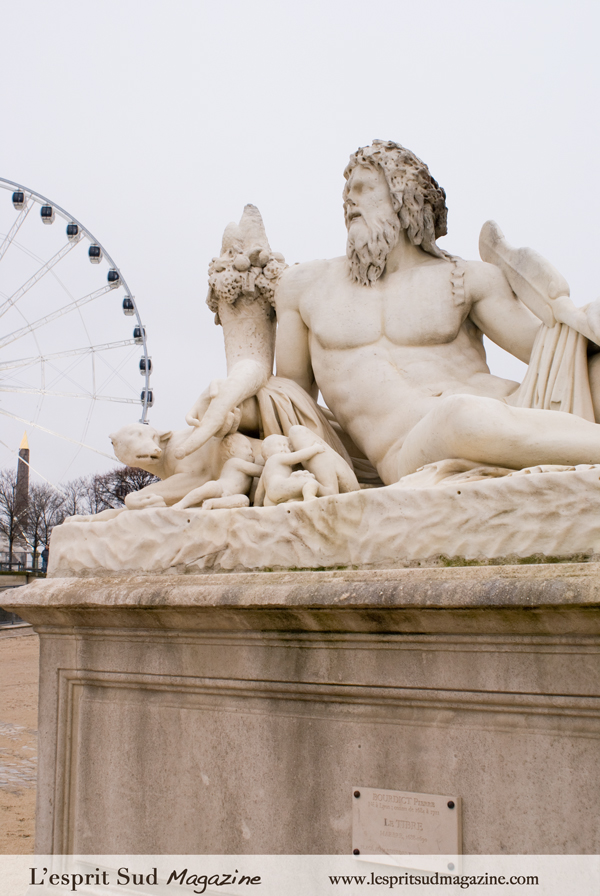 Sculpture "Le Timbre" (By Pierre Bourdict) on the Tuileries Garden
Sculpture "Le Timbre" (By Pierre Bourdict) on the Tuileries Garden
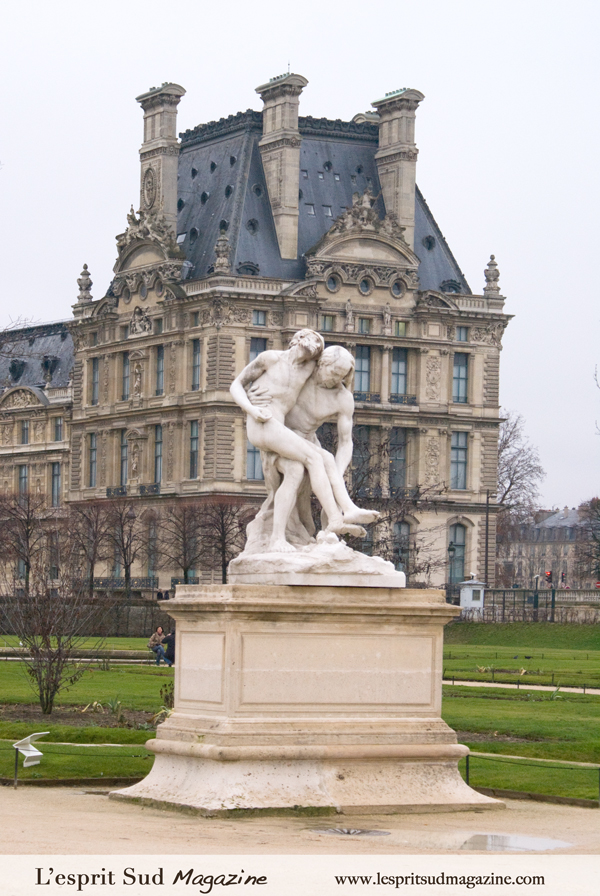 Sculpture in the Grand Carré
Sculpture in the Grand Carré
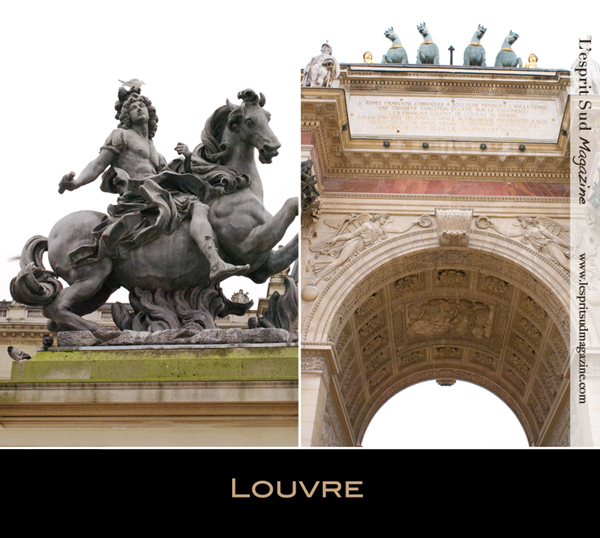 Louis XIV and the Carrousel Arc de Triomphe at the entrance of the Louvre
Louis XIV and the Carrousel Arc de Triomphe at the entrance of the Louvre
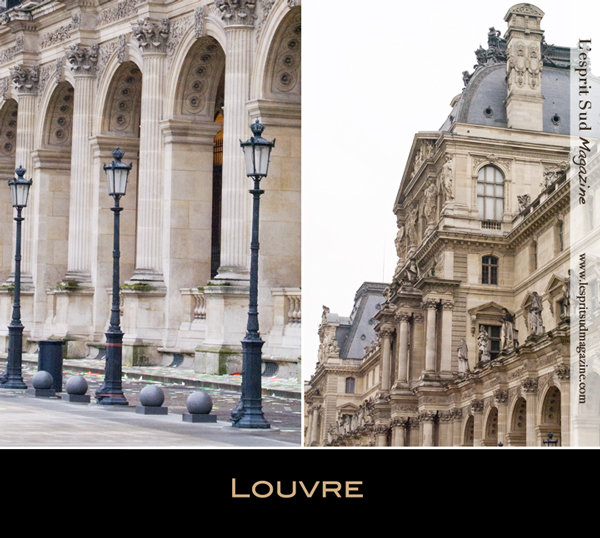 Cour Napoléon (Main courtyard)
Cour Napoléon (Main courtyard)Because of the popularity of the museum, there is always a long waiting line outside the famous pyramid. If you want to save some time, it is a good idea to buy your tickets in advance through the Louvre’s website. They can either send them to your home or you have the option to pick them up in one of the FNAC stores. (One is conveniently located on Champs Elysées). With your precious tickets in hand, you wont need to go through the pyramid, but rather go through the Richelieu Pavilion that has a special entrance for prepaid tickets. Another good idea is to have your hands free during your visit, so check your coat (and umbrella) for free in one of the two booths located in the main lobby.
Once inside the large hall, you will probably be a bit confused by the number of people hoping like you to see as many icons as possible. With over 8 millions visitor every year, chances are you won’t be alone on that day. To see the famous Mona Lisa, you will need to head toward the Denon wing which hosts the Italian Renaissance painting collection. That part of the museum is always very busy, so you will need some patience to move around. To make your visit more enjoyable, you will notice that the Louvre has many big windows facing the main courtyard, offering a nice natural light as well as many interesting opportunities to take pictures of the famous glass pyramid.
When you finally reach room 13 on the first floor, you’ll find an impressive line in front of the world’s most famous painting. Still today, the Mona Lisa has lost none of its mystery. Should it be regarded as a portrait of Mona Lisa, wife of Francesco del Giocondo, painted in Florence between 1503 and 1507, or as a representation of ideal beauty? If you take some time to observe it, and the best way is in front of a picture, you can become quite charmed by the mix of serenity and life that exhumes from the painting.
On the same floor, you will find an impressive number of Renaissance paintings and if you look carefully enough, you will also notice that some of the ceilings are also covered with beautiful paintings.
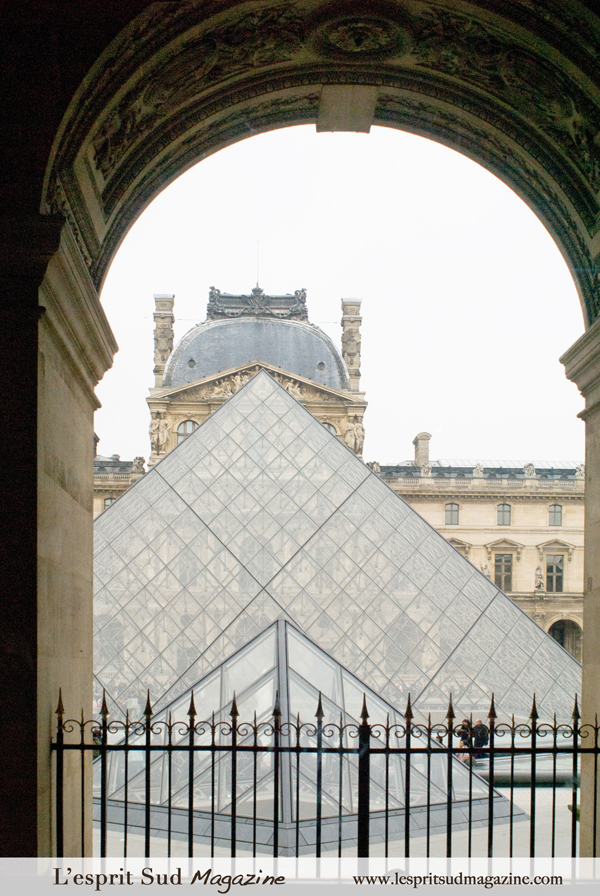 The Pyramid from the Denon wing
The Pyramid from the Denon wing
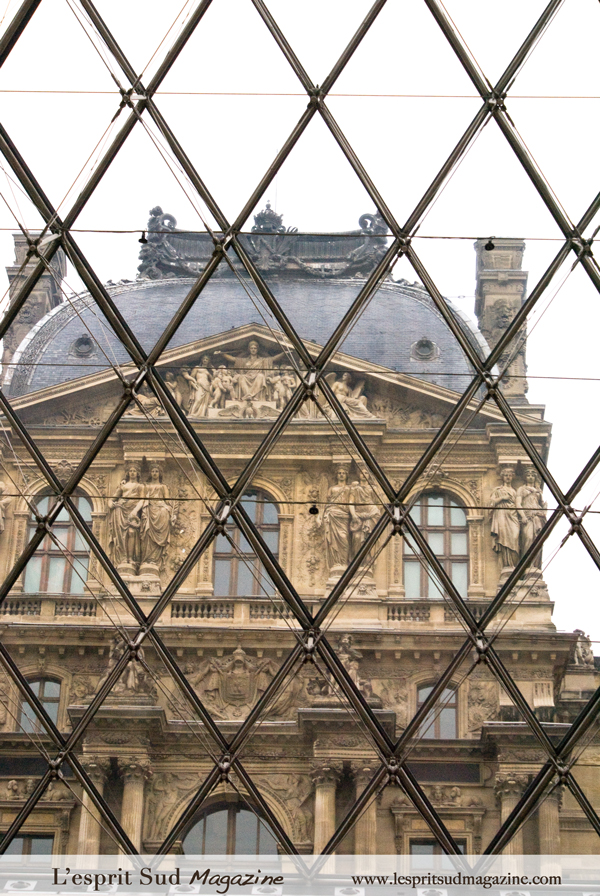 From the Denon wing
From the Denon wing
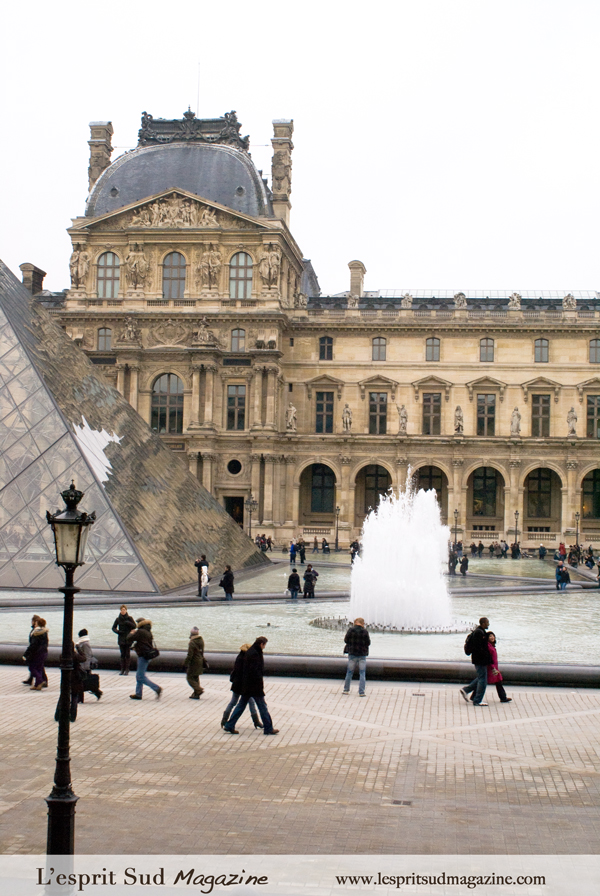 Cour Napoléon (Main courtyard) from the Denon wing
Cour Napoléon (Main courtyard) from the Denon wing
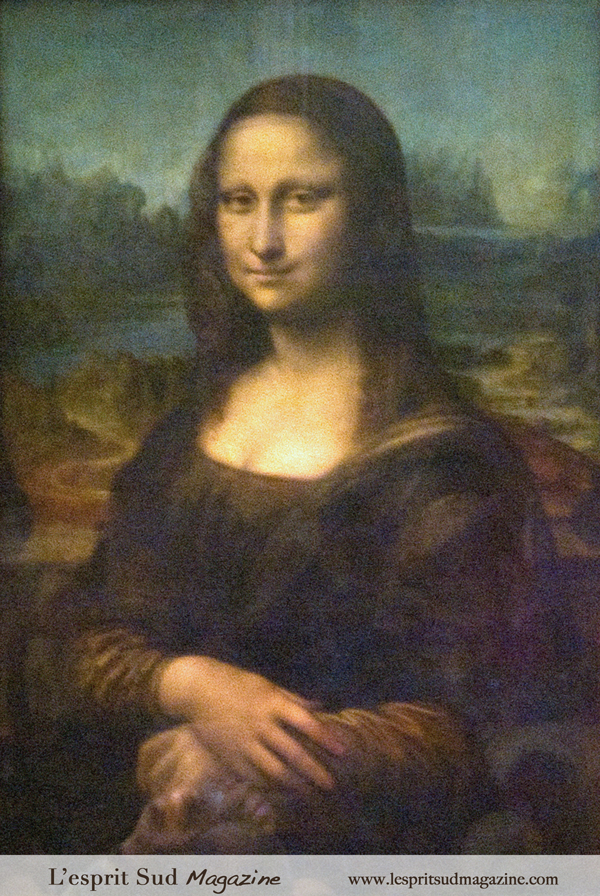 Mona Lisa - La Joconde
Mona Lisa - La Joconde
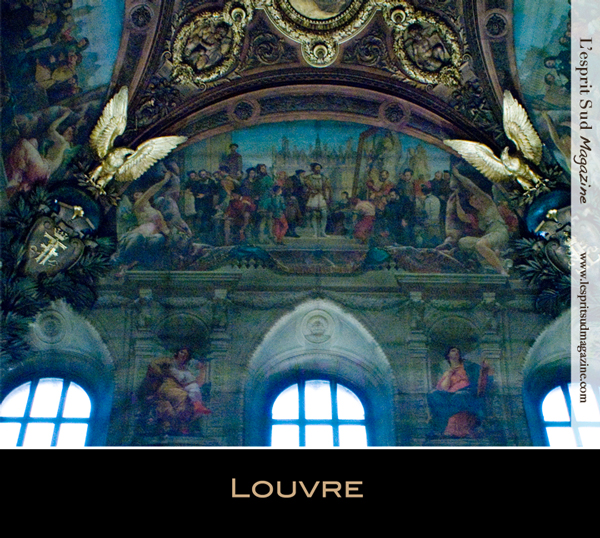 Ceiling painting
Ceiling paintingOn the ground floor of the Denon and Sully wings, a remarkable collection of Greek antiquities including the famous Aphrodite also known as the Venus de Milos, will be waiting for you. A particularly nice room is the Salle du Manège. Built under Napoléon III to host the many equine exhibits of the Imperial Stable, the room is used today to display a large collection of Italian and French antiquities that have been gathered and restored in the 17th and 18th century. The Salle du Manège still has some original décor including imposing columns that create a beautiful scenery for the antique statues.
 Details - Salle du Manège
Details - Salle du Manège
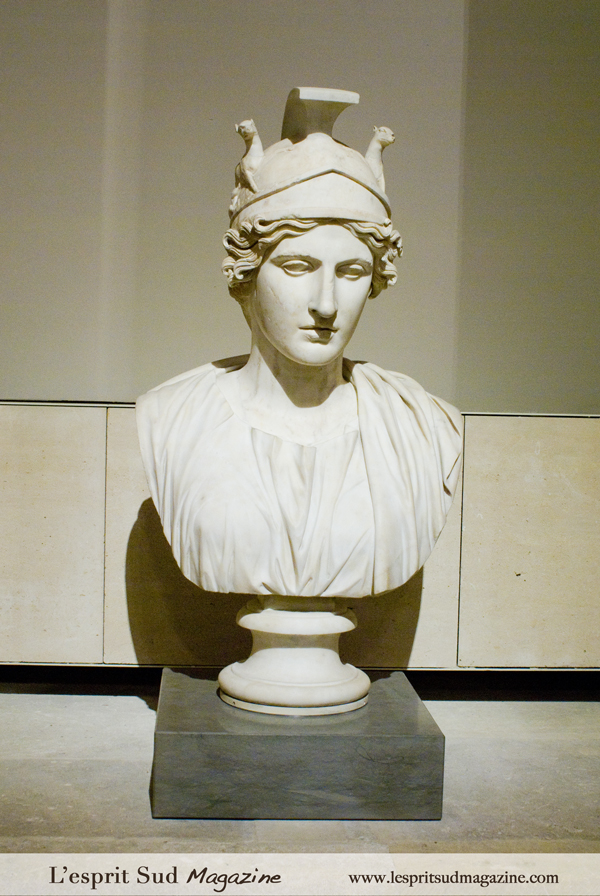 Sculpture - Salle du Manège
Sculpture - Salle du Manège
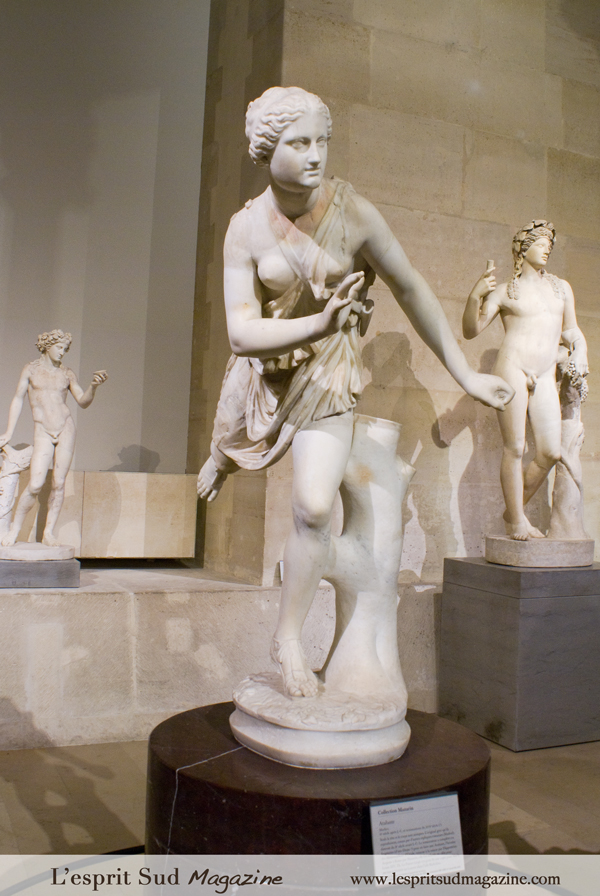 Sculptures - Salle du Manège
Sculptures - Salle du Manège
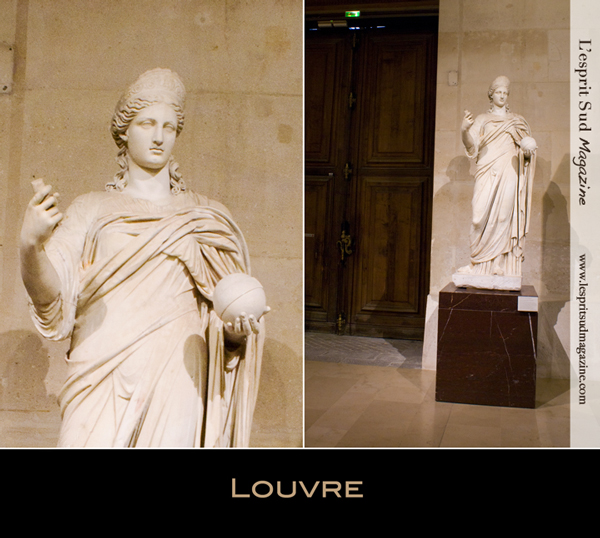 Sculpture - Salle du Manège
Sculpture - Salle du ManègeIf you feel a little bit hungry, you won’t have to go far to find a good and fashionable place to eat. Right outside the main courtyard (Cour Napoleon) you will discover Le Café Marly. Elegantly dressed in red and white, Le Café Marly provides an impressive view of the Louvre and has been for many years a hip and trendy Parisian address. Indeed, like the Fouquet’s, many celebrities like to go there to eat or simply to take a drink.
The menu offers many excellent dishes including foie gras and also lighter options to snack. If you are simply enjoying the terrace you won’t need any special attire. However, if you decide to have a lunch or dinner inside, you will need to dress up for the occasion and get fashionable. This bistro is little bit pricey , but if you take into account the view and the location, you will for sure not want to miss this opportunity.
If it is a Haute Cuisine experience you are looking for, I will recommend Le Grand Véfour restaurant, a short walking distance from Le Louvre. This 2 Michelin star institution was the first Grand restaurant to open in France in 1784. what a better way to end a cultural exploration of Paris...
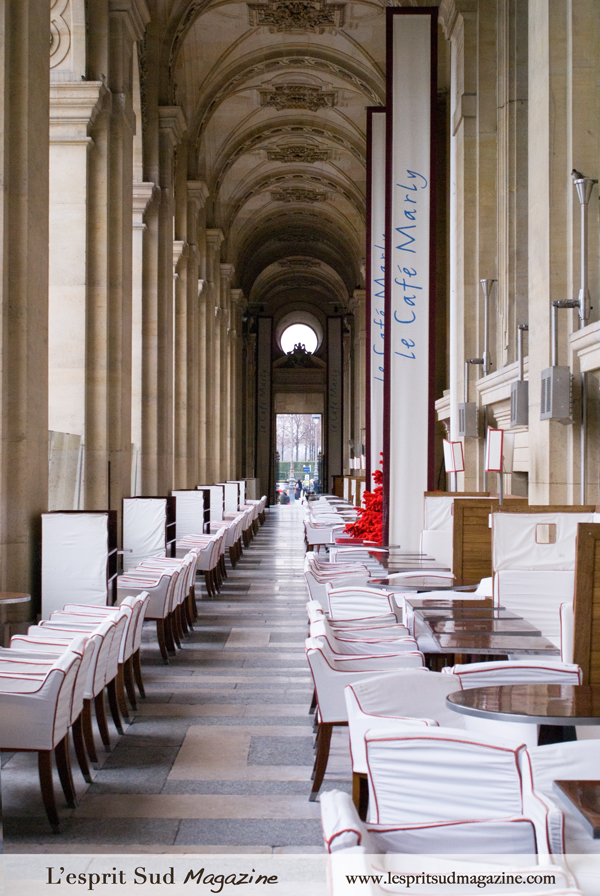 Le Café Marly - Terrace
Le Café Marly - Terrace
 Average price per person: 40€ for lunch and 70€ for dinner excluding alcohol
Average price per person: 40€ for lunch and 70€ for dinner excluding alcohol
